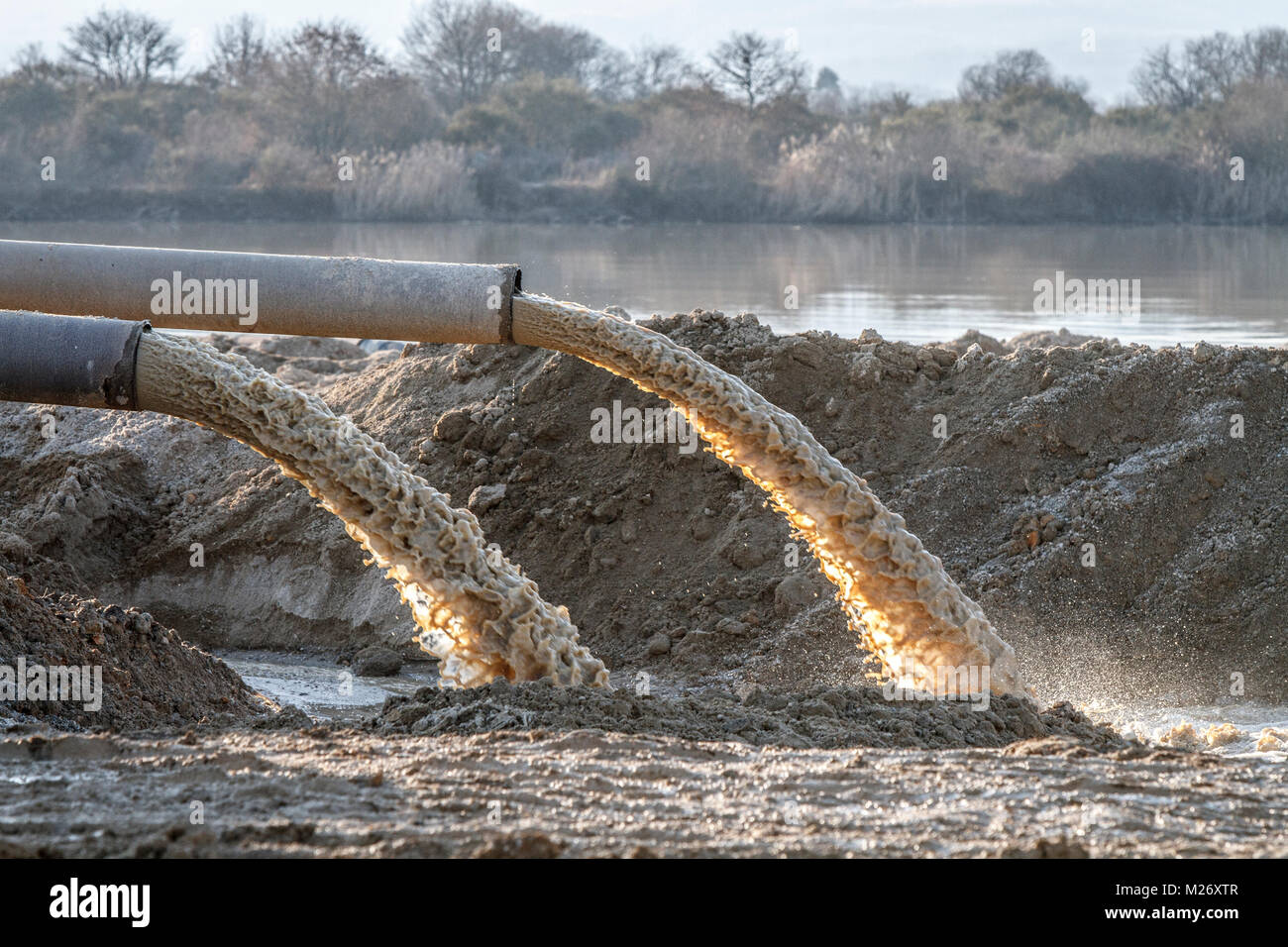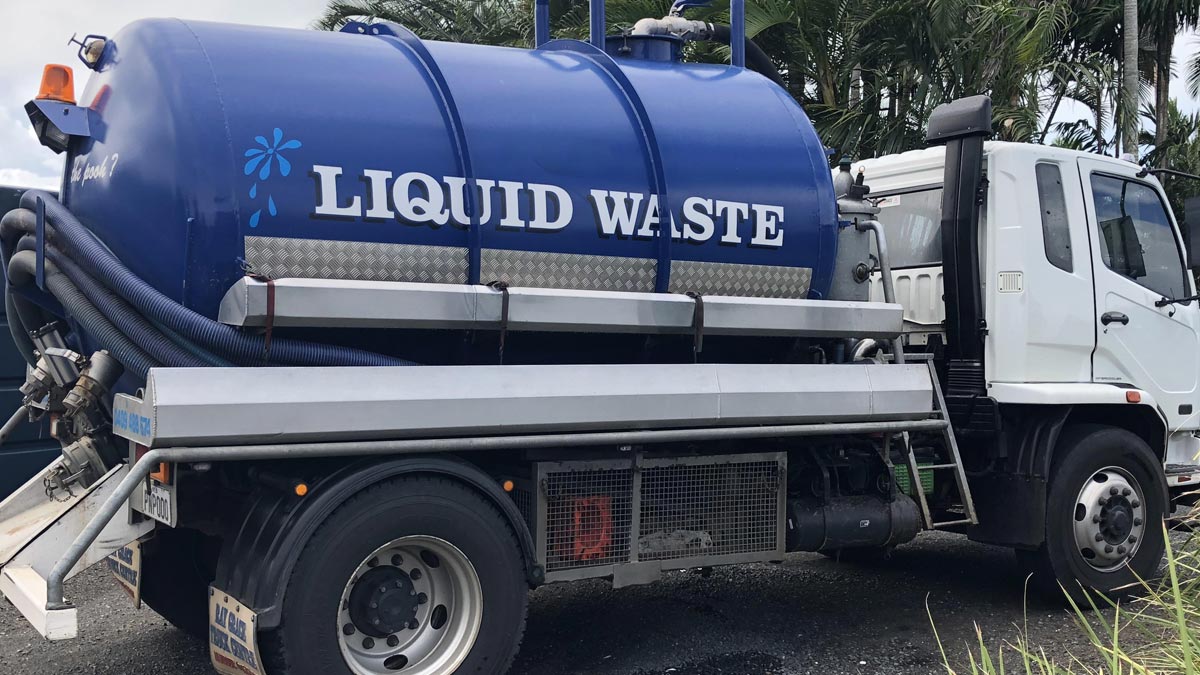Professional Liquid Waste Removal Melbourne: Quick and Budget-friendly Services
Professional Liquid Waste Removal Melbourne: Quick and Budget-friendly Services
Blog Article
How Fluid Waste Disposal Functions: A Detailed Summary of Techniques and Technologies Employed

Review of Fluid Waste Types
The complexity of liquid waste kinds requires a detailed understanding of their features and implications for disposal. Liquid waste can extensively be categorized into numerous types, including commercial, metropolitan, farming, and contaminated materials. Each classification exhibits distinct buildings, needing certain administration approaches to alleviate ecological and health and wellness risks.
Industrial fluid waste originates from producing procedures and usually has a series of pollutants, such as hefty steels, solvents, and organic substances. Community fluid waste, mainly consisting of wastewater from households and commercial establishments, consists of natural matter, nutrients, and virus (industrial wastewater treatment). Agricultural fluid waste, consisting of overflow from farms, may have fertilizers, pesticides, and pet waste, posturing risks to water quality and ecosystems
Harmful fluid waste is identified by its toxicity, sensitivity, or prospective to trigger injury. This group includes substances like acids, bases, and specific chemicals that necessitate rigorous handling and disposal protocols. Understanding these diverse liquid waste types is essential for establishing efficient disposal methods and guaranteeing conformity with ecological policies. Proper category and characterization are necessary for applying appropriate therapy methods and minimizing the adverse influence on public health and wellness and the atmosphere.
Physical Therapy Methods

Screening is the preliminary action, where larger bits and debris are gotten rid of from the fluid waste utilizing displays or grates. In sedimentation tanks, larger particles settle at the base, forming a sludge layer, while the made clear fluid can be further treated.
Filtration is another crucial technique that includes passing the fluid with porous products, such as sand or membranes, to record smaller fragments. This action enhances the top quality of the fluid, making it appropriate for subsequent therapy processes.

Chemical Therapy Methods
Chemical treatment strategies are important for properly handling fluid waste, particularly in addressing liquified and colloidal contaminants that physical techniques may not adequately get rid of. These techniques use various chemical representatives to neutralize, precipitate, or change hazardous compounds right into much less unsafe kinds.
One common technique is coagulation and flocculation, where chemicals such as alum or ferric chloride are included to promote the gathering of suspended fragments. This process improves sedimentation, permitting less complicated elimination of the resulting sludge. Furthermore, oxidation procedures, employing representatives like chlorine or ozone, are used to break down intricate organic compounds and microorganisms, rendering the waste more secure for discharge or more therapy.
Neutralization is another critical technique, which readjusts the pH of acidic or alkaline waste streams to neutral degrees, preventing potential harm to downstream systems and the setting. In addition, advanced oxidation procedures (AOPs) use combinations of oxidants and ultraviolet light to deteriorate relentless contaminants, attaining a greater level of treatment effectiveness.
Biological Treatment Processes
Organic therapy processes play an important role in the management of fluid waste by making use of bacteria to decay organic issue and reduce contaminant degrees. These processes can be broadly classified right into anaerobic and aerobic treatments, each using details microbial neighborhoods to attain reliable waste deterioration.
Aerobic treatment includes making use of oxygen to promote the breakdown of natural materials by bacteria. This procedure is generally executed in triggered sludge systems, where aeration storage tanks provide a conducive setting for microbial development, resulting in the oxidation of organic toxins. The resultant biomass can be divided from dealt with effluent via sedimentation.
In contrast, anaerobic treatment takes place in the absence of oxygen, relying on different germs to damage down natural issue. This approach is particularly advantageous for high-strength waste, as it produces biogas, a sustainable power resource, while lowering sludge production. Technologies such as anaerobic digesters are regularly employed in industrial and local applications.
Both cardio and anaerobic biological therapies not just lessen the environmental influence of fluid waste but additionally help with source recovery, making them necessary parts of lasting waste monitoring techniques. Their effectiveness, versatility, and effectiveness sustain their prevalent execution across different markets.
Emerging Technologies in Disposal
Innovative techniques to liquid waste disposal are quickly evolving, driven by innovations in modern technology and an increasing emphasis on sustainability. Among these arising technologies, membrane bioreactors (MBRs) have pop over to this site gained grip for their ability to integrate biological treatment with membrane layer purification, leading to premium effluent that can be recycled in numerous applications. MBRs enable smaller sized footprints and more efficient operations compared to conventional systems.
An additional encouraging advancement is making use of anaerobic food digestion integrated with nutrient recovery technologies, which not only deals with fluid waste but additionally generates biogas and recuperates valuable nutrients like nitrogen and phosphorus. This dual advantage boosts resource effectiveness and reduces environmental impact.
In addition, advanced oxidation procedures (AOPs) are being adopted for the degradation of complex natural pollutants. These methods use powerful oxidants and drivers to break down pollutants at the molecular degree, offering an extremely effective service for tough waste streams.
Moreover, the combination of expert system and artificial intelligence in waste monitoring systems is enhancing functional efficiency and predictive maintenance, resulting in reduced prices and boosted environmental compliance. These innovations mirror a significant shift in the direction of even more effective and sustainable fluid garbage disposal practices.
Final Thought
To conclude, efficient fluid garbage disposal demands a detailed understanding of different methods and innovations. The integration of physical, chemical, and biological therapy techniques makes sure the efficient administration of diverse waste kinds. Furthermore, the development of cutting-edge innovations enhances therapy efficacy click over here now and promotes sustainability in waste administration practices. By continuously advancing these approaches, it ends up being possible to address the expanding difficulties connected with fluid waste, ultimately adding to environmental defense and resource recovery.
Fluid waste disposal is a crucial aspect of ecological monitoring, requiring a thorough understanding of various strategies and modern technologies tailored to different waste types. Fluid waste can extensively be classified right into a number of types, consisting of commercial, local, agricultural, and dangerous waste. Agricultural liquid waste, consisting of runoff from farms, might contain fertilizers, pesticides, and animal waste, browse around these guys posturing dangers to water high quality and ecosystems.
Numerous physical treatment techniques play a critical duty in handling liquid waste properly - industrial wastewater treatment.In conclusion, reliable liquid waste disposal necessitates a thorough understanding of different techniques and technologies
Report this page